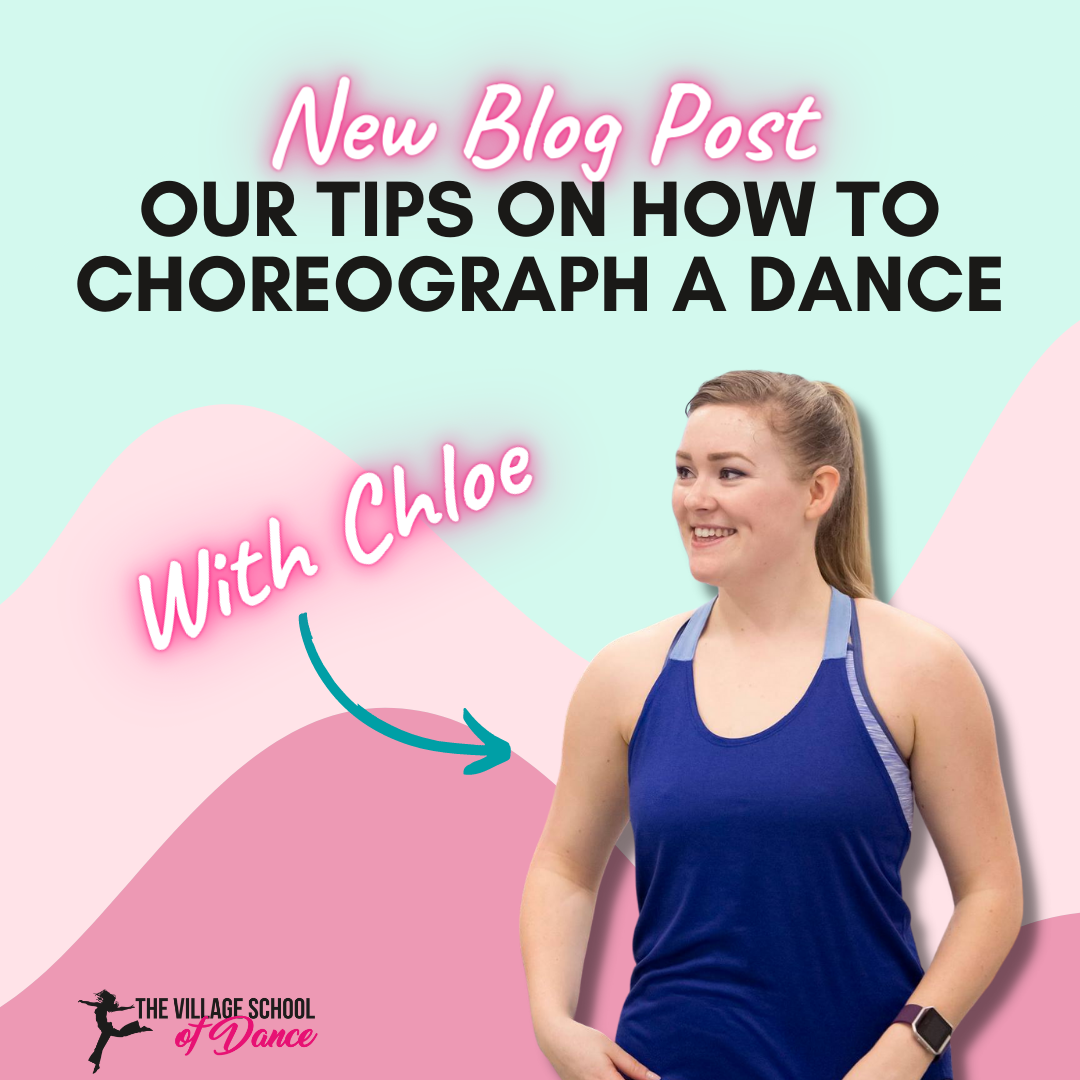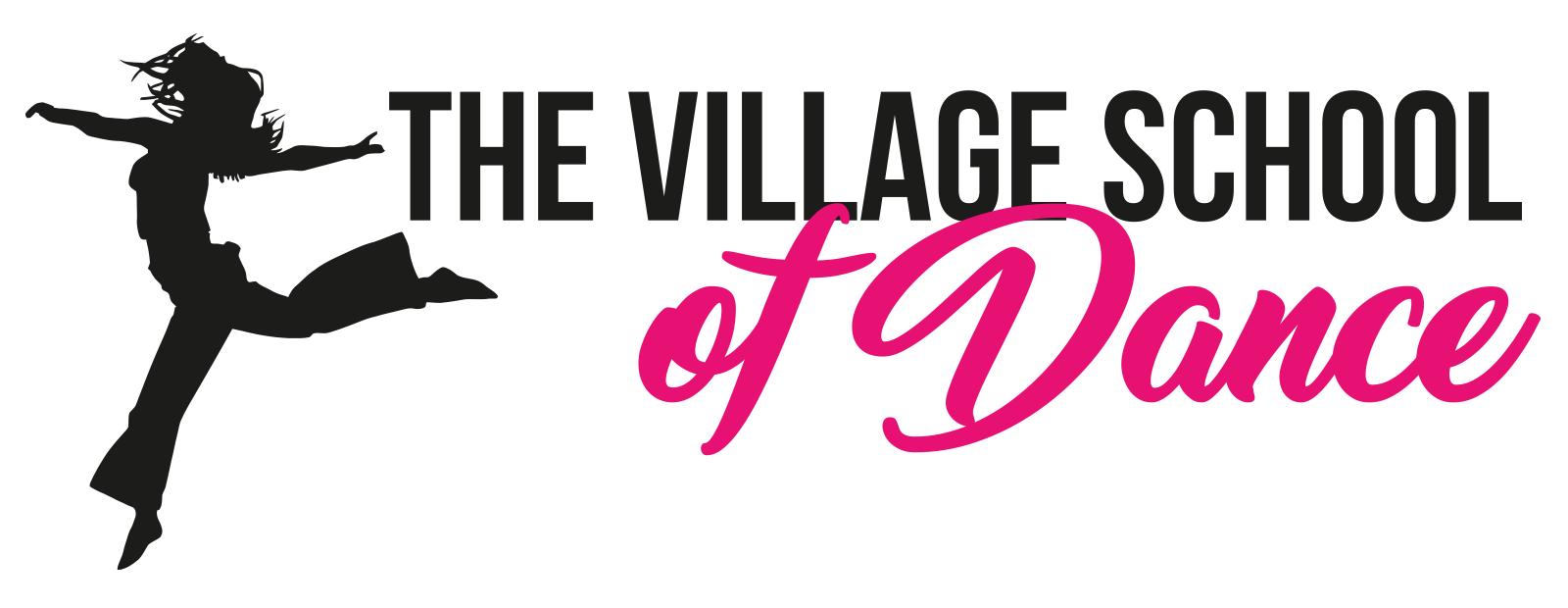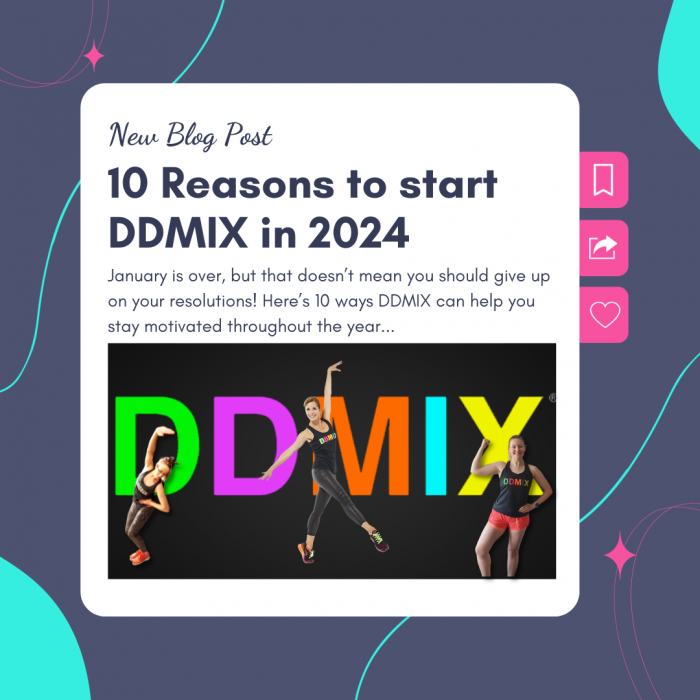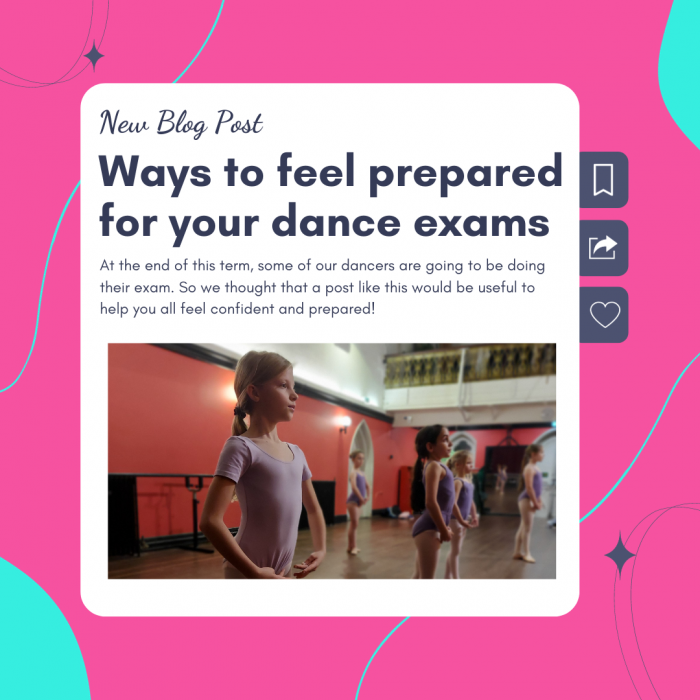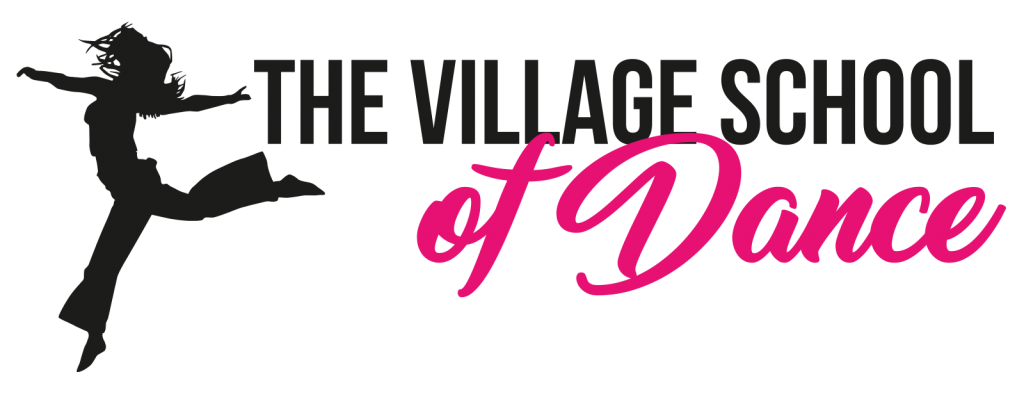How do I create choreography?
By Miss Chloe
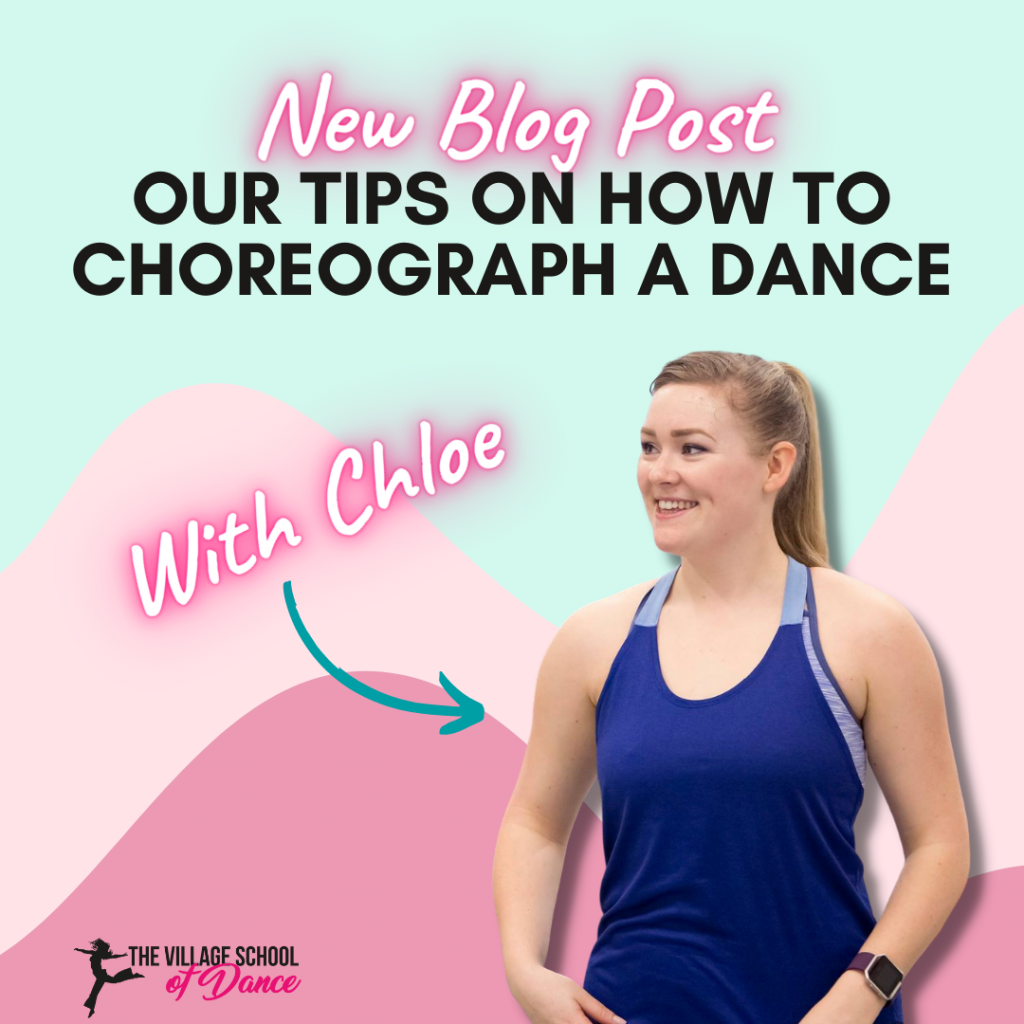
I am not an infamous choreographer, creating pieces for big time dance companies around the world and while my role sounds a little less glamorous choreography has become a big part of my everyday job. Whether it be creating crowd pleasers for school shows, thought provoking lyrical solos for competitions or teaching my students how to approach choreography themselves, I’ve come to find a system that I believe works a treat!
- Find a stimulus (something to give you inspiration/ encourage ideas) – this for me could be music, lyrics, nature, photos, a style/ piece I’ve previously seen, a period of time/ history, a musical theatre show I have watched, a life experience etc. The possibilities are endless.
- Decide on the style of dance and other factors – which genre of dance, how many dancers, what is the relationship between these dancers, do you need any props?
- How do you want the audience to feel? – happy, sad, transported to another location/ era, angry. Do you take the audience on a journey, do they start feeling sad and by the end of the piece they are left feeling happy, for example?
- Finalise your accompaniment and listen to it over and over again – I like to listen to music and just move/ improvise to it for ages before I start choreographing the piece with the class. I am extremely musical, so I like to become really confident with the changes in the phrasing/ melody, knowing the words (if there are lyrics) and picking out the words that link to my theme and storyline.
- Draw out some formations and patterns – keep the choreography interesting not just with impressive movement but with visually pleasing formations. Draw on a piece of paper some patterns that could work in your piece. V shapes, circles and squares are a great place to start, then get creative from there!
- Start working with your dancers – when working with younger students I like to create ideas at home and go into the studio armed with some phrases in mind. I teach them and see how the movements look on the students and adapt to suit the dancers. With older students, again I like to have ideas before starting but I enjoy giving them the chance to get involved. I call it ‘problem solving’ – I will say “I would like the next section to start at the front of the stage, how can you get there creatively?” The older dancers love being involved in the creation process. Plus Their ideas are just as valuable as mine and together we can create something fantastic. As well as this, I will teach an 8 count phrase and ask each student to develop this by asking them to put a different feeling or motivation behind that phrase.
- Piece it all together – now I take all of these separate phrases and link them together to create a piece that tells my story.
- Continue to neaten the dance up – the effectiveness of a piece is often in the way it’s delivered. If you are using unison, are your dancers perfectly in time? Does everyone know what they are doing? Can your dancers do the correct technique? Look at the tiny details – are all the heads and arms exactly the same? Are your dancers giving you the right energy and facial expressions?
- Assess your choreography – is it working? Is it interesting for the audience? Does it tell your story clearly? Which sections need changing or tidying?
Once the piece has been completed, I like to record it on my phone, sit down and watch it. Then I can critique it, by asking myself the questions above.
This is a very basic outline of how to create choreography and the way it works best for me. What do you think? Will you give it a go? I think it’s your time now and I’d love to see your choreography, so please do send me any videos of your dances!
Thanks for reading, happy choreographing!
